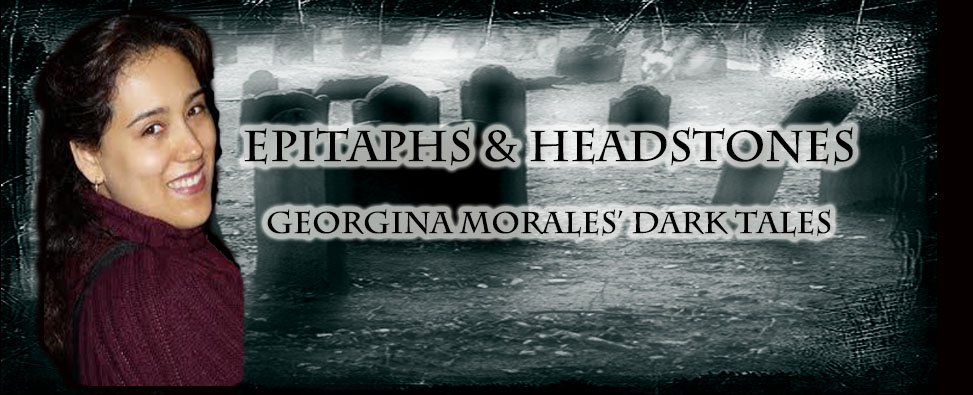Readers around the world have heard it a thousand times: Hook the reader on the first line or lose them forever. And so, we fret over that first sentence. We dread it and we love it. We write it a hundred times and erase it a hundred and one. Most writers are never completely satisfied with their writing in general, oh, but that first line will give us nightmares.
Thing is, there are very few memorable opening lines in literary history. Even with the abundance of classics and well written, award winning stories. Contrary to what has been drilled into our heads, readers will go beyond the first line, and they'll stay with you if your whole opening is promising enough...
So, how to craft an enticing opening? I recently came across Les Edgerton's book, Hooked. It is an easy to follow, light read with a ton of great advice for writers, beginners and experienced alike.
I don't know you, but I started writing empirically, meaning I followed the example set by those authors I admired. I knew the elements of a good story because I had read many, but I couldn't necessarily name them. This book helped me do just that. It helped me grab concepts that before were ethereal to me and suddenly I could see things I hadn't seen before. For example, two of my stories where in a state of limbo. Even though I had told the story I wanted to tell, they seemed incomplete. Something was missing and I just didn't know what. Well Les Edgerton changed that.
While I will share with you some of that knowledge I found helpful, in no way am I sharing all there is to this book. If you find this article helpful, I cannot be emphatic enough: Get the Book. You won't regret it.
So here we go...
Every novel, short story, or flash fiction is composed of three basic elements:
The Inciting Incident: A single event or action that starts the domino effect of situations that'll drive the plot forward. This incident (In Titanic, for example, Rose's suicide attempt) will generate a...
Surface Problem: Resolving this problem is the final goal of your main character (Jack's interested in her, but even worse, she's interested in him). This is the motor that drives the whole story, and it must give us an inkling of the...
Story-Worthy Problem: This is the psychological inner workings of the character. At first the MC doesn't know what lies at the root of his/problems, but as he tries to solve the Surface Problem, the real, psychological problem becomes evident. (Rose lives under the control of her mother and husband-to-be. If she's to be ever happy, she needs to become the owner of her life.)
So, and this is where the real trick lies, a successful opening will show the reader in one single scene that inciting incident; it'll make it clear, or fairly clear, what the MC's motive will be; and it'll foreshadow the inner demons behind him/her cool facade.
Interesting, right?
Because scenes can be quite long and this is a blog, not a book, I won't include other examples, but go ahead, open any book you want and search for those elements. See them? Great, now pay attention at how the author weaved them seamlessly into the opening scene. Quite the trick, I know. And now's your turn to try.
For more examples of these elements and others, grab a copy of Hooked: Write Fiction That Grabs Readers at Page One and Never Lets Them Go.


4 comments:
Great post Georgina! You explained the three keystones of a successful novel perfectly! Writing it is where the challenge comes in. :)
An excellent way to explain it. I've also heard agent Kristin Nelson talk about using the inciting incident to build your query.
Thanks gals. I have heard of Kristin Nelson; she's even my "facebook friend" (not that it means anything, really), but I'm not brave enough to query agents... Keep telling myself I'll do it for the next novel. ;-)
Great breakdown!!! You have to grab agents/editors right away. They see so many queries and partials, it takes something special to catch their attention.
Post a Comment